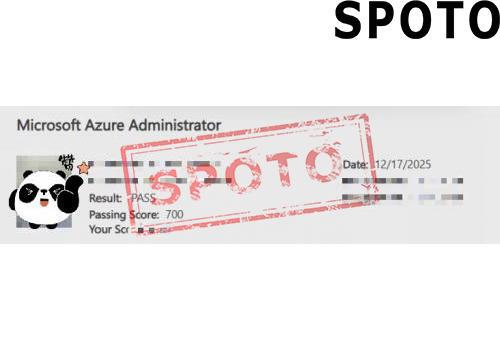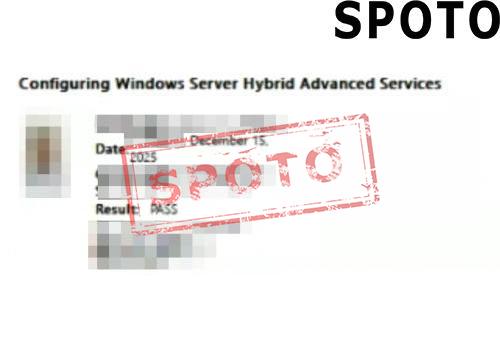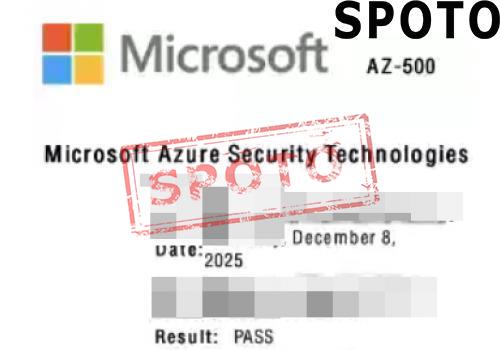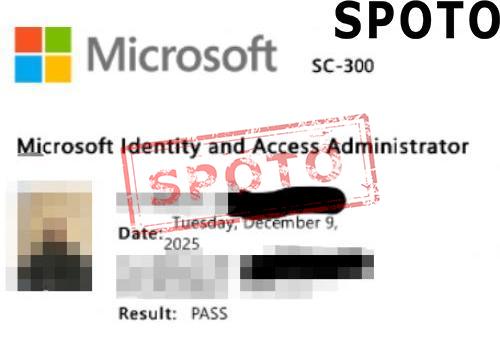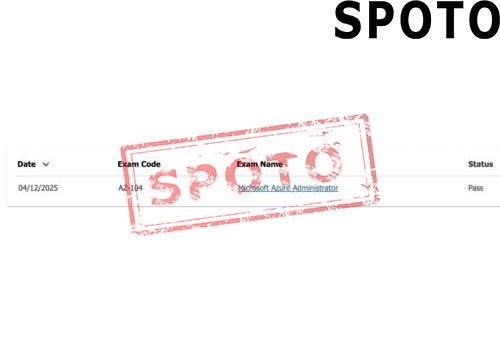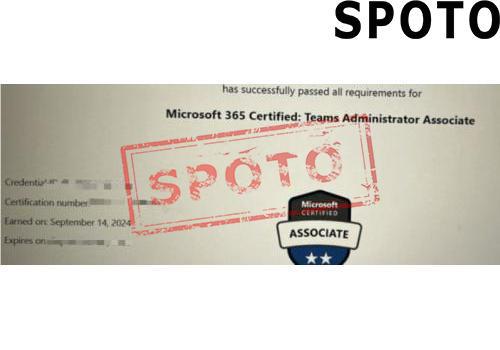
Table of Contents
In today's digital world, cloud technology has become an essential component for organizations of all sizes. Microsoft Azure, one of the leading cloud platforms, offers powerful tools that enable businesses to innovate, scale, and stay competitive. Becoming an Azure Administrator is not only a gateway to a lucrative career but also a chance to be at the forefront of technological transformation.
This article will explore the role of an Azure Administrator—from their tasks and responsibilities to the career prospects and how you can embark on this promising journey. Let's break down what this role entails and why it might be the perfect career choice for you.
1. What Is an Azure Administrator?
An Azure Administrator is a skilled IT professional responsible for managing, configuring, and maintaining an organization's Microsoft Azure cloud environment. Think of them as the infrastructure managers of the cloud; they ensure that all cloud services run optimally, securely, and efficiently. They handle tasks similar to traditional system administrators but specialize in Azure's cloud-based ecosystem, covering virtual machines, networks, storage solutions, and identity management.
Azure Administrators serve as the bridge between the technical infrastructure and the business needs of an organization. They possess a blend of skills that includes cloud architecture, security, automation, and troubleshooting. Their expertise enables companies to leverage Azure's full potential while maintaining robust security and high performance.
2. Tasks and Responsibilities of an Azure Administrator
Daily tasks of an Azure Administrator encompass a broad range of duties:
Provisioning and managing resources: Setting up virtual machines, databases, and networks aligned with organizational requirements.
Monitoring and optimizing performance: Using Azure Monitor and other tools to keep an eye on resource utilization and optimize for cost and efficiency.
Ensuring security and compliance: Configuring firewalls, managing access controls, setting up multi-factor authentication, and updating security policies to safeguard data.
Automating processes: Creating automation scripts using Powershell or Azure CLI to streamline routine tasks.
Backup and disaster recovery: Implementing backup solutions and disaster recovery plans to ensure business continuity.
User and identity management: Managing user identities and access through Azure Active Directory to control permissions across the cloud environment.
3. Why Become an Azure Administrator?
Now, you might be asking, "Why should I choose this career path?" There are compelling reasons! The demand for Azure Administrators is surging as organizations accelerate their digital transformation. According to recent reports, companies across finance, healthcare, retail, and many other industries are investing heavily in cloud infrastructure, creating a wealth of job opportunities.
Salary and Job Outlook
Azure Administrators are well compensated for their expertise. Entry-level roles might start at $65,000 annually, but with experience and certifications, salaries often climb well above $100,000. The global job outlook for cloud professionals is extremely positive, with many organizations actively seeking certified Azure experts to manage their cloud environments. This trend is expected to continue as cloud adoption becomes more widespread.
Diverse Challenges and Opportunities for Growth
Working as an Azure Administrator offers daily challenges that keep the role engaging—troubleshooting complex problems, designing scalable solutions, and implementing innovative features. Additionally, it provides a clear pathway for career growth. With experience, one can ascend to roles like Azure Architect, Cloud Security Specialist, or even Cloud DevOps Engineer, expanding their skillset and salary potential further.
4. How to Become an Azure Administrator?
Embarking on this career journey involves acquiring the right skills and certifications. The most recognized certification is the Microsoft Certified: Azure Administrator Associate (AZ-104). This validates your ability to manage Azure resources efficiently and securely.
Here's a simplified roadmap:
- Build fundamental knowledge of cloud computing, networking, security, and Windows Server.
- Obtain relevant certifications, starting with Azure Fundamentals (AZ-900) to grasp core concepts.
- Practice hands-on skills through labs, personal projects, or simulation environments.
- Enroll in specialized courses like SPOTO, which prepare you thoroughly for the AZ-104 exam and real-world tasks.
- Gain practical experience through internships, entry-level roles, or volunteer opportunities.
5. Conclusion
The role of an Azure Administrator is a fascinating blend of technical expertise, problem-solving, and strategic thinking. As organizations continue to shift to cloud platforms, the demand for skilled professionals in this field is only expected to grow. This career not only offers lucrative compensation but also an exciting pathway for continuous learning and advancement.
If you're ready to step into the cloud and make a real impact in the digital landscape, now is the perfect time. Consider investing in quality training programs like SPOTO's Azure courses to fast-track your journey to becoming a certified Azure Administrator. With dedication and the right resources, you can unlock a future full of opportunities, challenges, and achievements in the cloud computing world.
